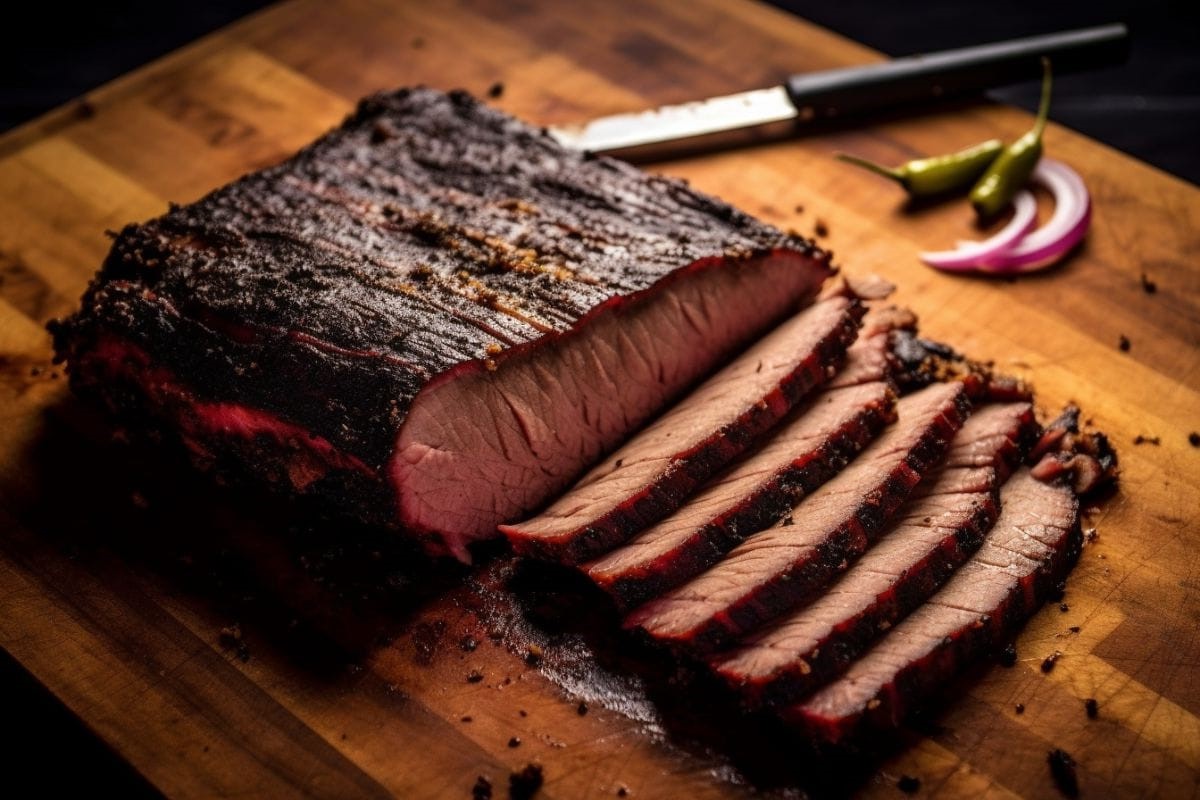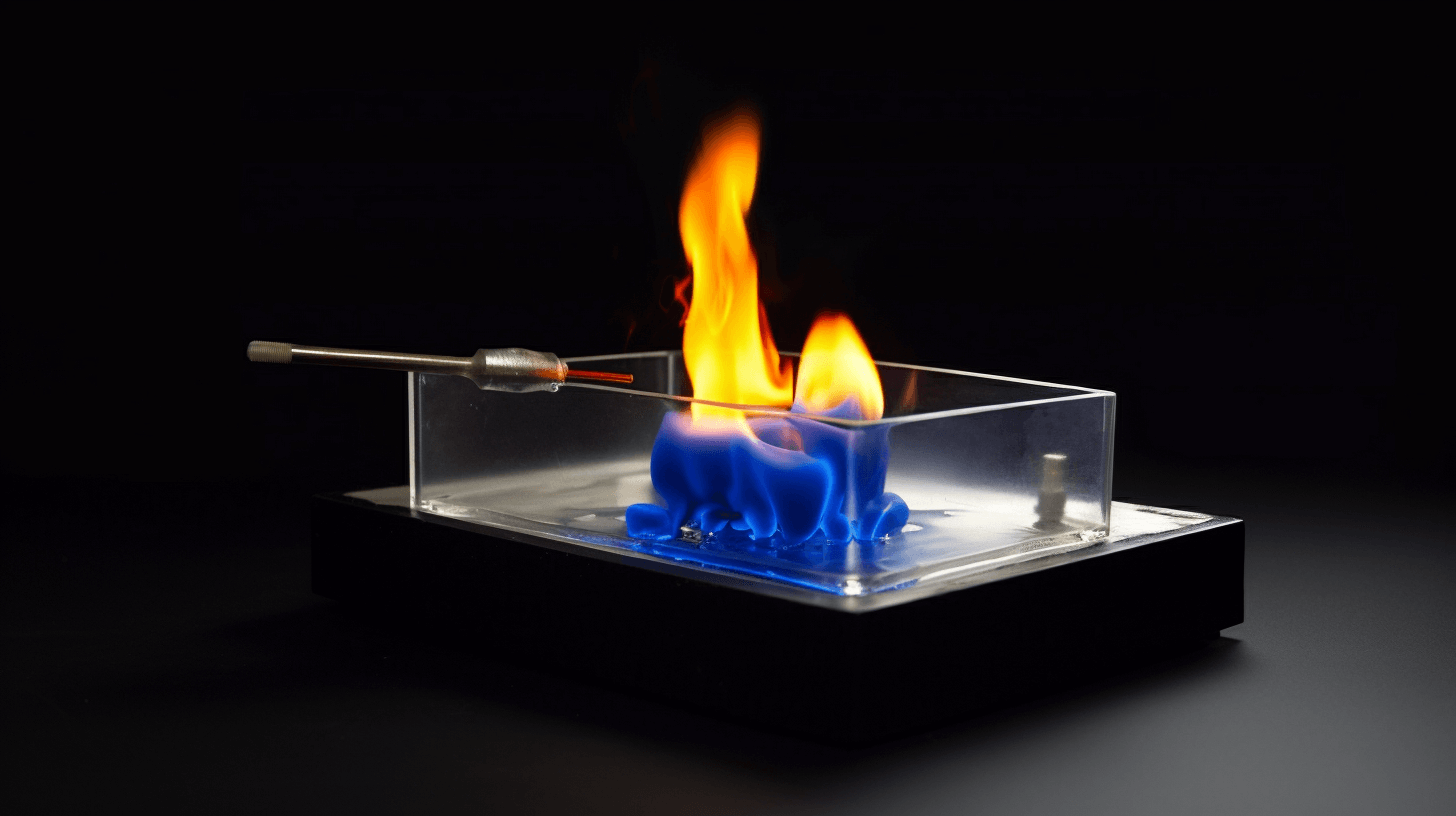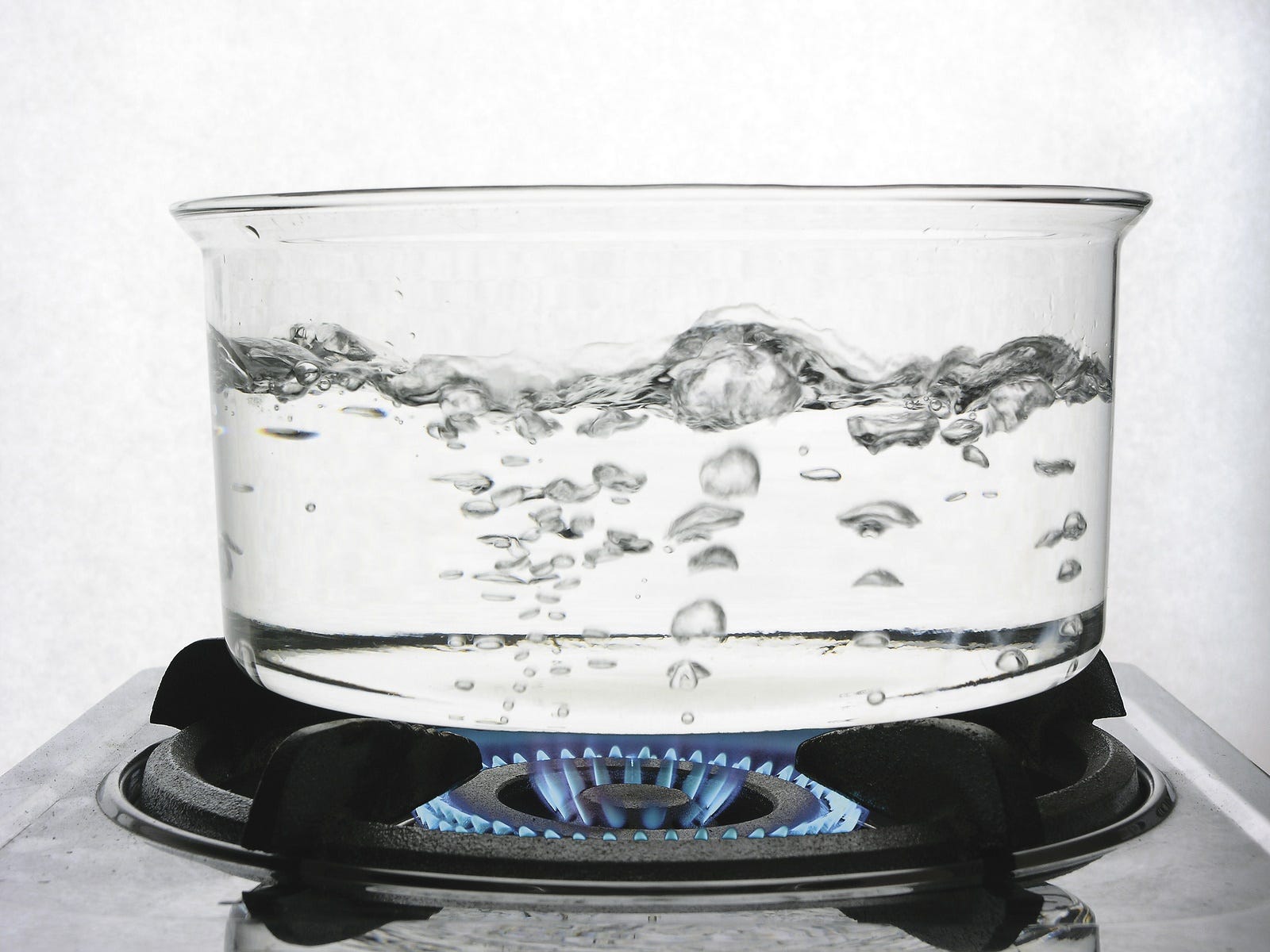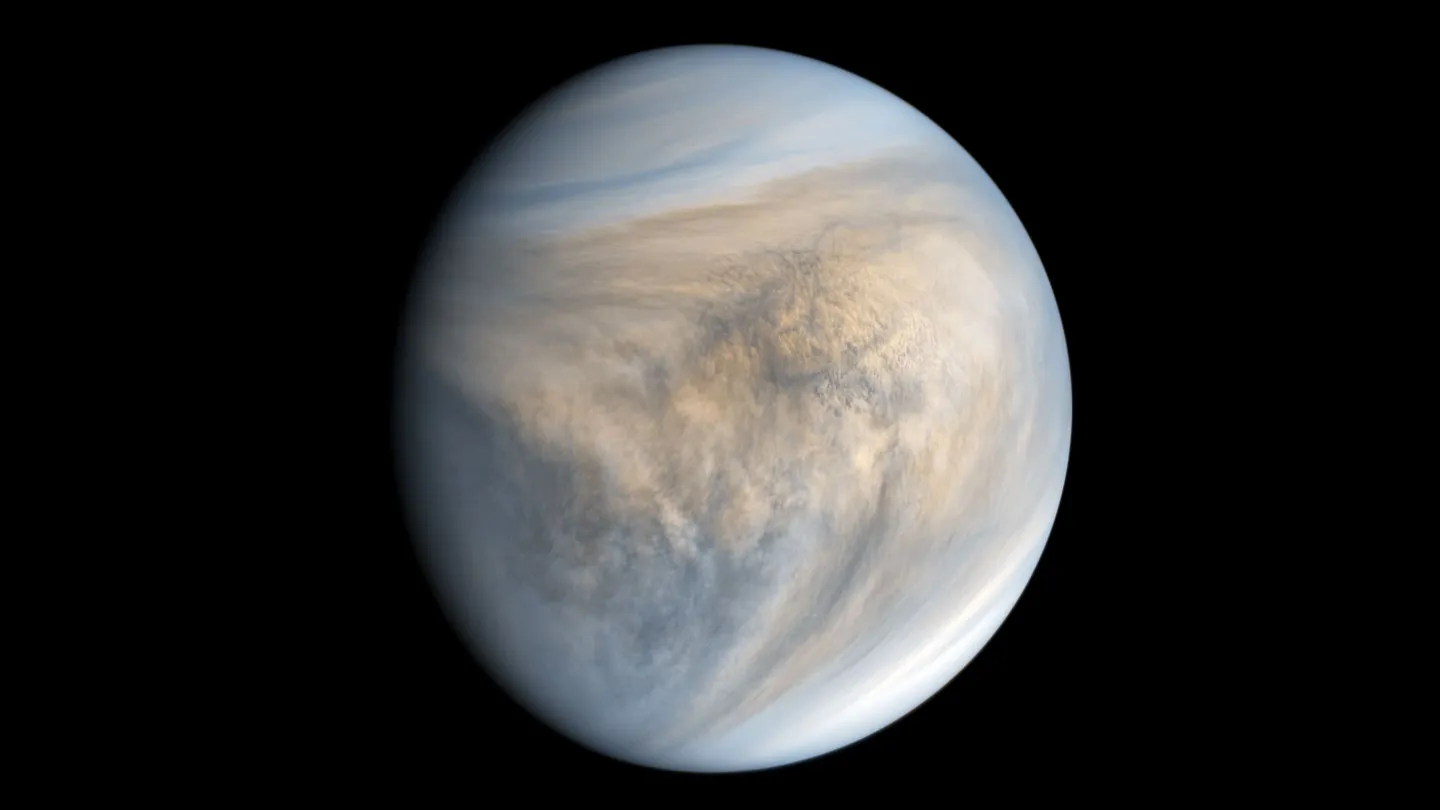Home>Weather and Climate>Understanding The 20 Degree Variation Between Point And Flat


Weather and Climate
Understanding The 20 Degree Variation Between Point And Flat
Published: March 6, 2024
Gain insight into the 20-degree difference between the point and flat, and its impact on weather and climate. Understand the significance of this variation for a comprehensive understanding of weather patterns.
(Many of the links in this article redirect to a specific reviewed product. Your purchase of these products through affiliate links helps to generate commission for Temperatures.com, at no extra cost. Learn more)
Table of Contents
Introduction
When it comes to the world of barbecue, the 20-degree variation between the point and flat cuts of a brisket is a topic that sparks both curiosity and debate among pitmasters and barbecue enthusiasts. This temperature difference plays a crucial role in the art of smoking and grilling brisket, influencing the texture, tenderness, and overall flavor of this beloved cut of meat.
Understanding the significance of this 20-degree variation is essential for anyone seeking to master the craft of brisket preparation. Whether you're a seasoned pitmaster or a novice griller, delving into the nuances of this temperature discrepancy can elevate your barbecue game to new heights.
In this comprehensive guide, we will unravel the mysteries surrounding the 20-degree variation between the point and flat cuts of a brisket. From exploring the differences between these two sections to uncovering the factors that contribute to this temperature gap, we will embark on a flavorful journey through the world of barbecue. Additionally, we will delve into the impact of this variation on the cooking process and the resulting flavor profile, providing valuable insights for achieving that perfect brisket.
So, grab your apron and fire up the smoker as we venture into the heart of brisket preparation, where every degree matters and every bite tells a story. Let's unlock the secrets behind the 20-degree variation between the point and flat cuts, and discover how this temperature discrepancy shapes the art of barbecue.
The Difference Between Point and Flat Cuts
In the realm of brisket anatomy, the point and flat cuts represent distinct sections that contribute to the complexity and allure of this revered meat. Understanding the disparity between these two segments is fundamental to mastering the art of brisket preparation.
The flat, also known as the "first cut," constitutes the larger portion of the brisket. This leaner section boasts a uniform thickness and a smooth, consistent surface. In contrast, the point, often referred to as the "second cut" or "deckle," features more marbling and a richer concentration of fat, rendering it exceptionally flavorful and succulent.
Visually, the flat cut showcases a neat, rectangular shape, making it an ideal candidate for uniform slices that exhibit a delectable balance of meat and fat. On the other hand, the point cut presents a more irregular and uneven structure, characterized by its marbled composition and a generous layer of fat that imbues the meat with unparalleled juiciness and depth of flavor.
When it comes to texture, the flat cut tends to offer a firmer bite, while the point cut boasts a luxuriously tender and melt-in-your-mouth consistency, owing to the intricate network of fat that permeates the meat. These divergent textures contribute to the multi-dimensional experience of savoring a perfectly smoked or grilled brisket, where each section offers a unique interplay of flavors and mouthfeel.
In the world of barbecue, the point and flat cuts are revered for their distinct qualities, each presenting its own set of culinary possibilities. Pitmasters and grill enthusiasts alike appreciate the opportunity to harness the individual characteristics of these sections, leveraging their divergent attributes to craft a brisket that tantalizes the taste buds and leaves a lasting impression.
As we delve deeper into the nuances of brisket preparation, it becomes evident that the 20-degree temperature variation between the point and flat cuts plays a pivotal role in accentuating the inherent qualities of each section. This temperature discrepancy influences the cooking process and ultimately shapes the final flavor profile of the brisket, making it a crucial factor to consider when embarking on the journey of perfecting this beloved barbecue staple.
Factors Contributing to the 20 Degree Variation
The 20-degree temperature difference between the point and flat cuts of a brisket is not merely a random occurrence; rather, it is the result of several interwoven factors that influence the composition and behavior of these distinct sections during the cooking process. Understanding these contributing elements is essential for honing the art of brisket preparation and achieving culinary mastery.
-
Muscle Composition: The anatomical composition of the brisket plays a significant role in the temperature variation between the point and flat cuts. The flat, being a leaner muscle, tends to cook at a faster rate compared to the point, which contains a higher concentration of marbling and fat. This discrepancy in muscle composition directly impacts the rate at which heat is absorbed and distributed within each section, leading to the observed temperature difference.
-
Fat Distribution: The distribution of fat within the brisket, particularly between the point and flat cuts, contributes to the temperature variation. The point cut's generous marbling and fat cap act as insulators, slowing down the transfer of heat and resulting in a lower internal temperature compared to the flat cut. This disparity in fat distribution creates a thermal contrast that influences the cooking dynamics of the brisket.
-
Heat Absorption and Retention: The varying abilities of the point and flat cuts to absorb and retain heat further accentuate the temperature gap. The flat cut, with its relatively uniform thickness and leaner composition, tends to absorb heat more readily and maintain a higher internal temperature. In contrast, the point cut's higher fat content and irregular structure impede heat absorption, leading to a lower internal temperature despite exposure to the same cooking conditions.
-
Cooking Method and Duration: The chosen cooking method and duration also contribute to the 20-degree temperature variation. Whether smoking, grilling, or slow-cooking, the application of heat over time interacts differently with the point and flat cuts, amplifying their inherent temperature differentials. Factors such as airflow, proximity to heat sources, and the duration of exposure to heat all play a role in shaping the temperature contrast between these sections.
-
Meat Thickness and Density: Variations in thickness and density between the point and flat cuts influence their respective heat retention and distribution characteristics. The thicker, denser nature of the point cut, coupled with its higher fat content, results in a slower and more nuanced response to heat compared to the relatively thinner and leaner flat cut. These differences in meat structure contribute to the observed temperature discrepancy during the cooking process.
By unraveling the intricate interplay of these factors, we gain a deeper appreciation for the 20-degree variation between the point and flat cuts of a brisket. This understanding empowers pitmasters and grill enthusiasts to navigate the nuances of brisket preparation with precision, harnessing the unique qualities of each section to orchestrate a symphony of flavors and textures that define the art of barbecue mastery.
Understanding the Impact on Cooking and Flavor
The 20-degree variation between the point and flat cuts of a brisket exerts a profound influence on both the cooking process and the resulting flavor profile, shaping the culinary journey from raw meat to mouthwatering masterpiece. This temperature differential, a product of the brisket's intricate composition and the dynamics of heat transfer, manifests in tangible ways that significantly impact the texture, tenderness, and overall flavor of the finished brisket.
Cooking Dynamics
During the cooking process, the 20-degree temperature contrast between the point and flat cuts introduces a captivating interplay of heat and time. As the brisket undergoes the transformative journey from raw to succulent, the divergent temperature gradients within its two sections dictate the pace and nuances of the cooking dynamics. The flat cut, with its higher internal temperature, experiences a more expedited cooking progression, leading to a firmer texture and a well-rendered exterior bark. In contrast, the point cut, with its lower internal temperature, embarks on a leisurely journey, allowing the rich marbling and fat to gradually melt and infuse the meat with unparalleled succulence.
Flavor Development
The 20-degree temperature variation profoundly influences the flavor development of the brisket, endowing each section with distinct characteristics that harmonize to create a symphony of taste. The flat cut, owing to its higher internal temperature, undergoes a more pronounced Maillard reaction, resulting in a delectably caramelized crust and a robust, savory flavor profile. Conversely, the point cut's lower internal temperature facilitates a slower rendering of fat, allowing the rich marbling to permeate the meat, imparting a luscious, buttery essence that elevates the overall flavor complexity.
Textural Symphony
The temperature discrepancy between the point and flat cuts orchestrates a captivating textural symphony that defines the sensory experience of savoring a perfectly prepared brisket. The flat cut, with its firmer bite and well-defined grain, offers a satisfying chew that gives way to a succulent juiciness, encapsulating the essence of traditional brisket texture. On the other hand, the point cut's luxuriously tender and melt-in-your-mouth consistency, a result of the lower internal temperature and abundant marbling, unfolds like a culinary sonnet, captivating the palate with its velvety smoothness and rich, unctuous mouthfeel.
In essence, the 20-degree variation between the point and flat cuts of a brisket is not merely a numerical discrepancy; it is a dynamic force that shapes the very essence of this beloved cut of meat. From influencing the cooking dynamics and flavor development to orchestrating a captivating textural symphony, this temperature contrast imbues the art of brisket preparation with depth and complexity, inviting pitmasters and grill enthusiasts to embark on a flavorful journey where every degree matters and every bite tells a story.
Tips for Managing the Variation
-
Temperature Monitoring: Utilize a reliable meat thermometer to monitor the internal temperatures of both the point and flat cuts throughout the cooking process. This allows you to track the 20-degree variation and make informed adjustments to ensure optimal doneness and texture for each section.
-
Strategic Placement: When smoking or grilling a brisket, consider the placement of the point and flat cuts within the cooking chamber. Position the flat cut closer to the heat source, taking advantage of its higher heat tolerance, while allowing the point cut to benefit from a more moderate heat environment, mitigating the temperature differential.
-
Rotation and Flipping: Periodically rotate and flip the brisket during the cooking process to promote even heat distribution and mitigate the temperature variation. This practice helps balance the cooking dynamics between the point and flat cuts, ensuring a harmonized texture and flavor profile.
-
Thermal Insulation: Employ strategic placement of heat shields or deflector plates to regulate the heat exposure on the brisket, particularly focusing on moderating the heat impact on the flat cut to align its cooking progression with that of the point cut.
-
Rest and Equalization: After the brisket reaches the desired internal temperatures, allow it to rest, facilitating the equalization of heat distribution between the point and flat cuts. This resting period harmonizes the cooking dynamics, resulting in a cohesive texture and flavor experience across the entire brisket.
-
Slicing Technique: When slicing the brisket for serving, pay attention to the orientation of the cuts to optimize the presentation of the point and flat sections. By strategically arranging the slices, you can showcase the unique attributes of each cut, allowing diners to savor the distinct textures and flavors offered by the point and flat cuts.
-
Adaptation to Cooking Methods: Tailor your cooking methods, such as adjusting the duration and intensity of smoking or grilling, to accommodate the 20-degree variation. By adapting your approach to suit the nuances of the brisket's composition, you can harness the temperature differential to craft a harmonious and flavorful end result.
-
Continuous Learning and Adaptation: Embrace a mindset of continuous learning and adaptation, as mastering the management of the 20-degree variation is an ongoing journey. Experiment with different techniques and observe the impact on the brisket, refining your approach to achieve the perfect balance between the point and flat cuts.
By implementing these tips, you can effectively manage the 20-degree variation between the point and flat cuts of a brisket, elevating your barbecue prowess and delighting your guests with a masterfully prepared and harmoniously balanced culinary masterpiece.
Conclusion
In the realm of barbecue mastery, the 20-degree variation between the point and flat cuts of a brisket emerges as a defining element that encapsulates the artistry and complexity of this beloved culinary tradition. As we conclude our flavorful journey through the nuances of this temperature discrepancy, it becomes evident that the interplay of heat, texture, and flavor within the brisket transcends mere numerical differentials, evolving into a symphony of sensory experiences that captivate the palate and celebrate the essence of barbecue craftsmanship.
The 20-degree temperature variation, a product of the brisket's intricate composition and the dynamics of heat transfer, serves as a testament to the multifaceted nature of brisket preparation. It embodies the harmonious coexistence of the point and flat cuts, each contributing its unique attributes to the collective tapestry of flavors and textures that define a perfectly prepared brisket.
As pitmasters and grill enthusiasts navigate the complexities of managing this temperature differential, they embark on a journey of continuous discovery and refinement, honing their skills to orchestrate a culinary masterpiece that transcends the sum of its parts. The management of the 20-degree variation demands a delicate balance of art and science, where temperature monitoring, strategic placement, and adaptation to cooking methods converge to shape the symphony of flavors and textures that unfold within the brisket.
Ultimately, the 20-degree variation between the point and flat cuts beckons us to embrace the nuances of brisket preparation with reverence and curiosity, inviting us to explore the interplay of heat and time, texture and tenderness, and flavor complexity. It underscores the notion that every degree matters and every bite tells a story, weaving a narrative of tradition, innovation, and the unyielding pursuit of barbecue perfection.
As we bid adieu to this exploration of the 20-degree variation, let us carry forward a newfound appreciation for the intricacies of brisket preparation, infusing our culinary endeavors with a spirit of creativity and a commitment to mastering the art of barbecue. With each brisket we smoke, grill, or slow-cook, may we honor the legacy of this timeless tradition and savor the symphony of flavors that emerges from the 20-degree variation, celebrating the rich heritage and boundless possibilities that define the world of barbecue mastery.














